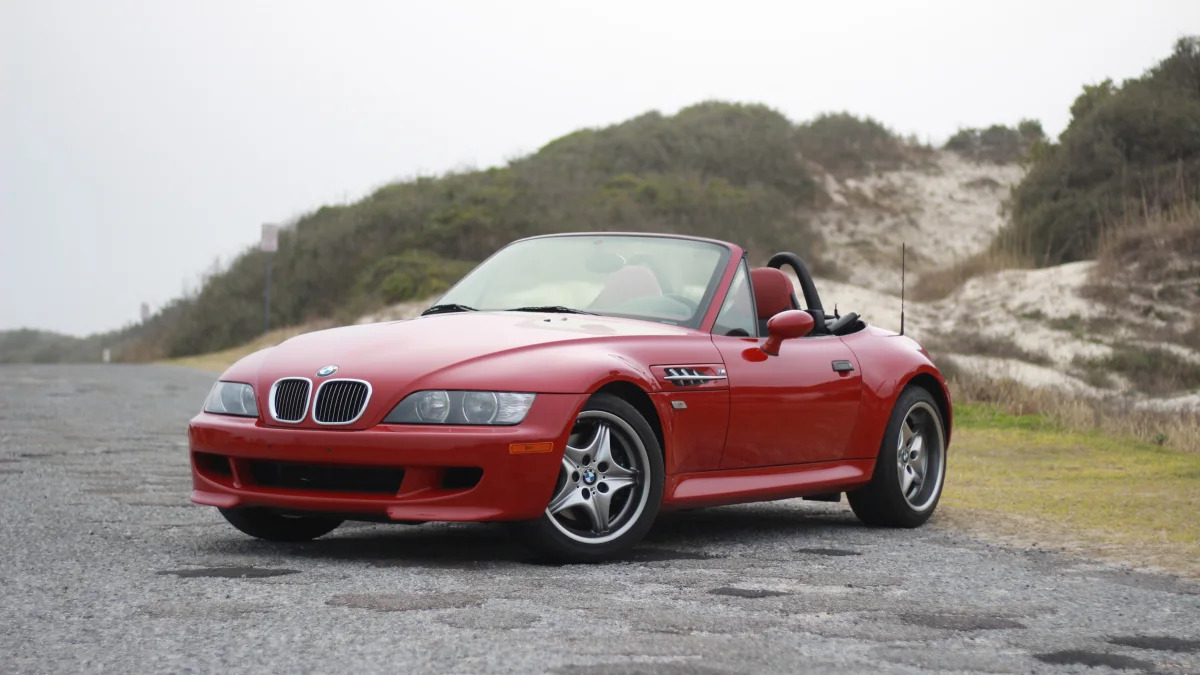SUVs and crossovers have gradually replaced sedans, station wagons, minivans, coupes and sometimes even convertibles in driveways across the United States, and carmakers big and small are reworking their line-ups accordingly. This trend isn't recent, it's at least a couple of decades old, and it traces its roots to a wide array of circumstances that go far beyond the "drivers like sitting high" argument that often comes up in this debate. Autoblog sat down with Adrian van Hooydonk, the head of BMW's design department, to get his take on the shift.
"It's not easy to understand, because when you come here, to the Villa d'Este Concours d'Elegance, many of the cars displayed are two-seaters. Back then, it was perfectly normal to create an incredibly complex product with only two seats. In the not-so-distant past that was still alright. Perhaps, if you analyze each person's life, there is this period when they want just that. Then, for most people, life progresses into something where they need four doors and the ability to carry a lot of stuff," van Hooydonk told Autoblog.
This hasn't changed: folks still tend to settle down and have kids, dogs and, generally speaking, more stuff to haul around. What has changed in the past few decades, in van Hooydonk's opinion, is what motorists look for in a car when they reach this stage in their life.
"In the past, the expectations were 'I had this for a while, but I can't have it any longer so now I have that.' Today, people want everything. They want it all, so that turned into an SUV with a sporty character, and then it turned into an SUV-coupe [like the X6]. It sounded quite strange at first but now it's very normal. People don't want to give up a certain lifestyle because they need four doors," he added.
Practicality is one of several factors in this equation. Another is the relationship between a car's fun factor and the concessions that motorists need to make to own it. Driving a Z3 is a blast — on the right roads. In a traffic jam in 97-degree weather, it's a bit of a chore. Van Hooydonk opined that the appeal of a cool car isn't dead, far from it, but it's the idea of making compromises to drive a cool car that's fading away.
"What does this mean for the two-seater, two-door vehicle? It's quite interesting, and at the moment it's something that we are looking into. For the most part now you see companies taking these vehicles out of the market. I hope that's not a trend that will continue, but perhaps times have changed for good. Perhaps people are no longer prepared to make the type of compromises that they were prepared to make several years ago," he added. All told, the definition of what's cool to drive and be seen in has changed significantly in the past few decades.
BMW remains committed to its coupe and convertible models. Its line-up includes the 2 Series (which was recently redesigned, and which will spawn a hot-rodded M2 in the not-too-distant future), the 4 Series, the 8 Series, and the Z4. However, many of BMW's rivals have left (or are planning to leave) the segments that these cars compete in. Mercedes-Benz axed the SLC and the two-door variants of the S-Class and it doesn't sound like direct successors are in the pipeline. Then again, Mercedes has also just released a new SL and is working on a new AMG GT coupe. Unverified reports claim that Audi's TT and R8 are not long for this world.
Will BMW continue to be a safe haven for fans of coupes and convertibles? Time will tell.
"That's something we are toying around with at the moment, but I can't tell you where that leads to just yet," he concluded.
Related Video:










Sign in to post
Please sign in to leave a comment.
Continue